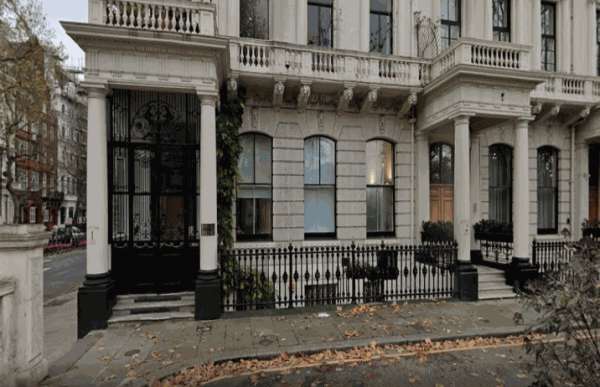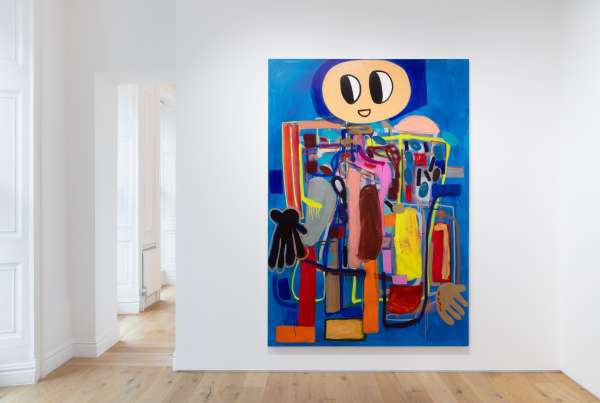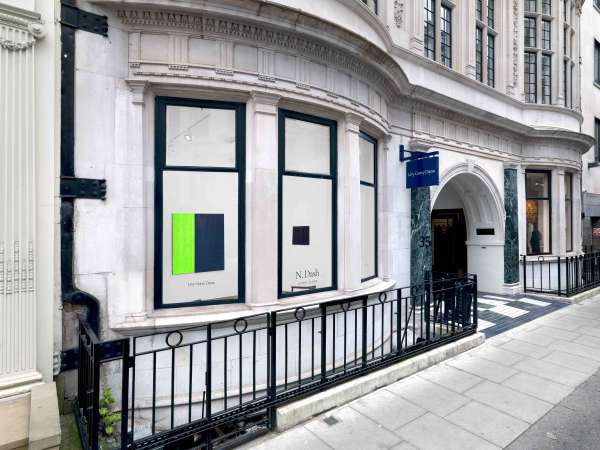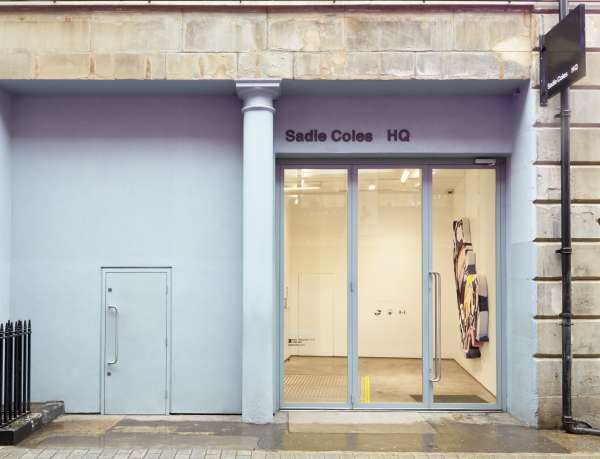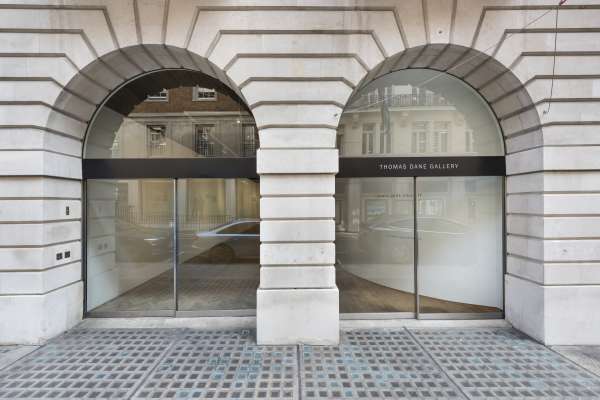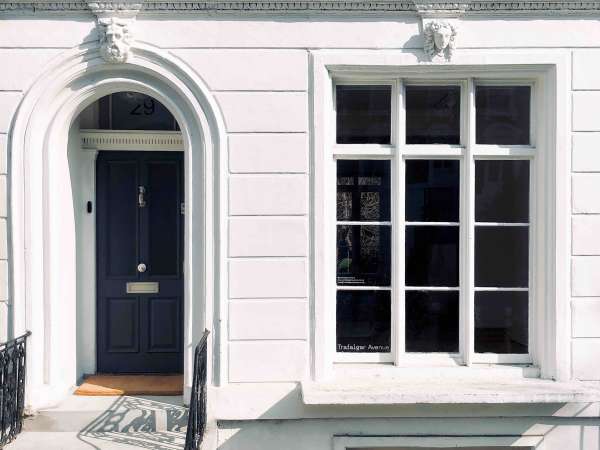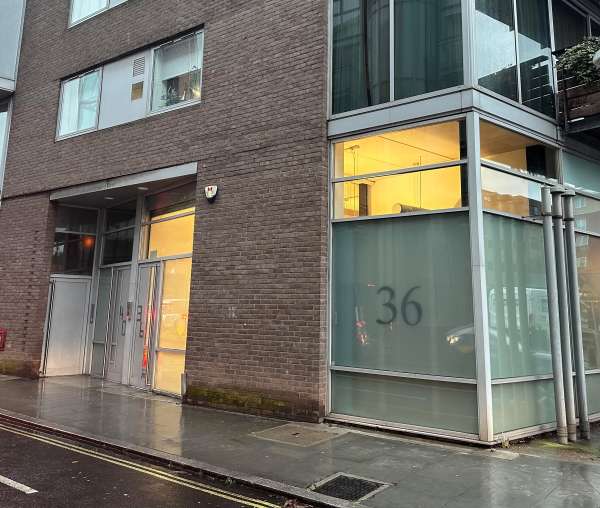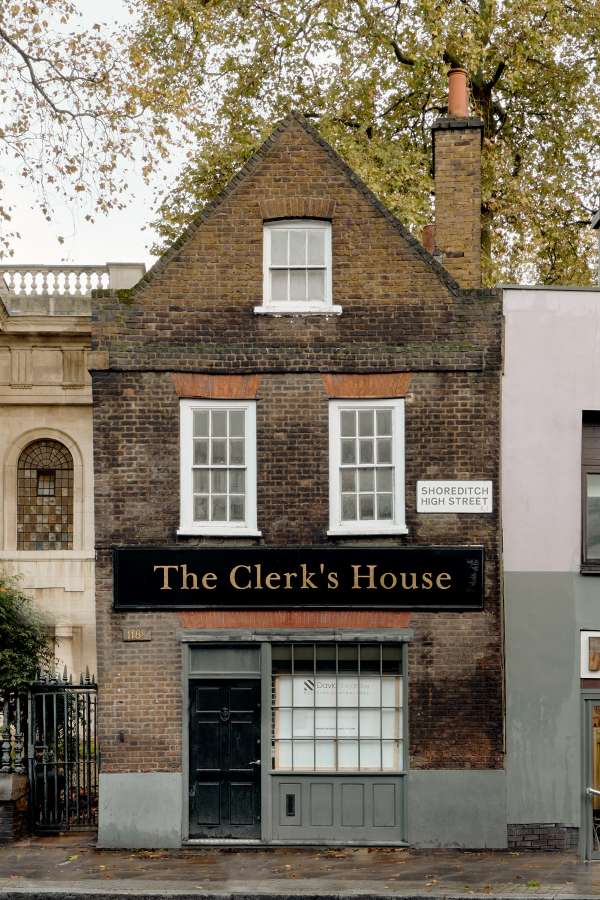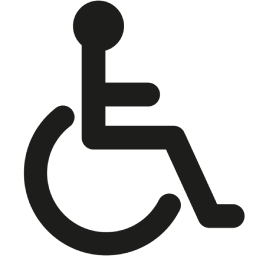Overview
-

This route, which begins with a busy central London morning and ends with a quieter afternoon away from the crowds, encounters the body as figure and more.
What is a body, and how do we learn to recognise it—especially when it slips from flesh into a thing that compels the use of our imagination. This route, which begins with a busy central London morning and ends with a quieter afternoon away from the crowds, encounters the body as figure and more.
Start at Gallery 1957, where Modupeola Fadugba’s Of Movement, Materials and Methods draws on the vibrant pageantry of Ojude Oba, an annual festival held in Ijebu-Ode, Nigeria. Fadugba’s mixed-media works pulse with texture—gold leaf, beading, unfinished strokes—that evoke not just celebration, but inheritance as a living, moving force. Here, the body is collective, choreographed, and constantly in flux.
From there, walk through the greenery of Hyde Park and out toward Mayfair. At Galerie Max Hetzler, Jake Longstreth captures Californian sprawl with a muted stillness, suggesting that even the most incidental sites carry traces of our presence. Just up the road is Lévy Gorvy Dayan, where paintings by British artists including Jenny Saville, Alison Watt, and Paula Rego, among others, make viewers consider how women are seen, how they turn away, how they inhabit the canvas. In their hands, the body asks that we look and try to see across generations of imaginings.
Then, head east to Goodman Gallery, where Leonardo Drew's sculptural compositions unfold like poems written in weathered wood and fractured glass. His work is a dialogue between bodies of matter and the matter of time. In Soho, at Sadie Coles HQ, Ugo Rondinone’s the rainbow body—inspired by the Tibetan Buddhist belief in spiritual dissolution—also meditates on embodiment through colour and scale. Cornelia Parker’s show at Frith Street Gallery continues this exploration of transmutation. From one form to another, her coloured charts hold bodies of history.
At this point, I recommend stopping for lunch at Wiltons, a London institution that has been serving seafood for over 280 years; so make your way back down to St James’s, where you can also visit Jimmy Robert’s The Erotics of Passage at Thomas Dane Gallery.
Once refreshed, head south to Trafalgar Avenue for C Lucy R Whitehead’s Together We Fall Apart, an exhibition that marks a new direction in the artist’s practice which privileges process and experimentation. Next, head up through Bermondsey to Kristin Hjellegjerde Gallery for Martine Poppe’s East of the Sun and West of the Moon to be immersed in landscapes that blur the lines between myth and reality, as body and nature merge and shift under the weight of imagination.
Finally, at Emalin, Clerk’s House, Kate Spencer Stewart’s paintings and Odilon Redon’s lithographs engage in an alchemical exchange, where light, shadow, and form transform in a dance of perception—inviting us to see the body not as static, but as fluid and ever-changing.
We end with a reminder: a thing can be a body and a body is never just flesh. It holds the capacity to relate, to affect, to be in dialogue. And we, as viewers of the body in art, are part of that relation.
-

